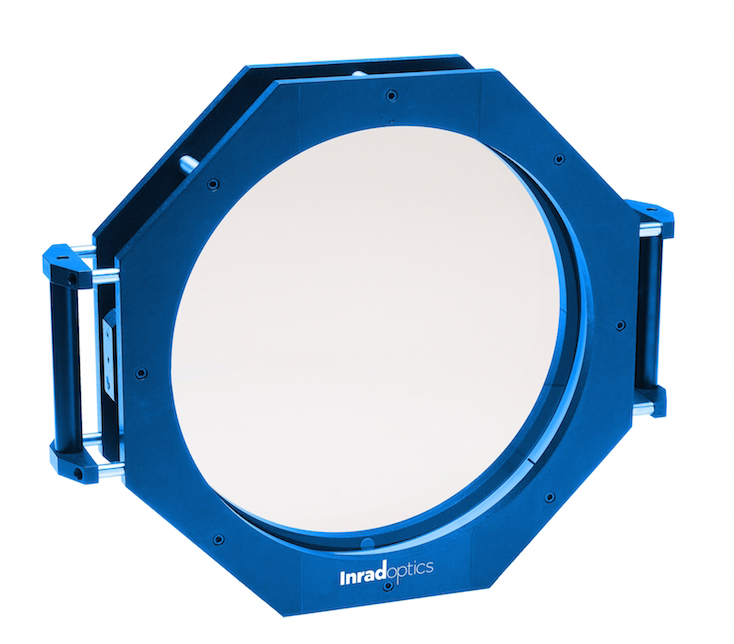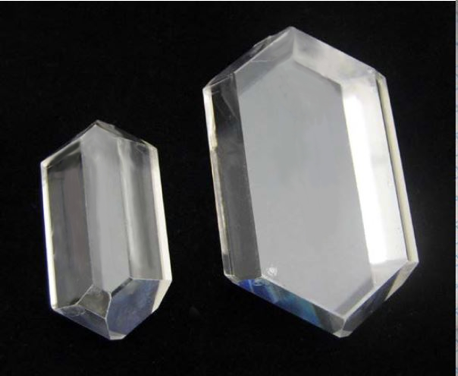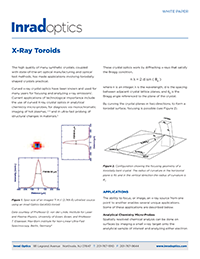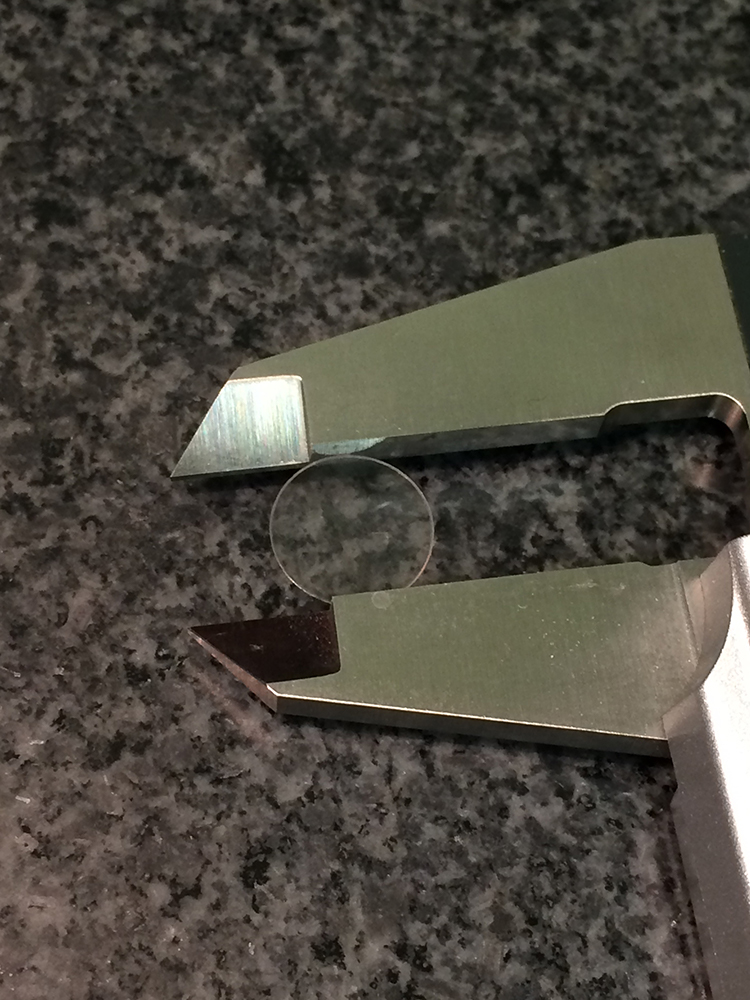- Details
In any optical assembly, the biggest challenge is balancing the optical and mechanical specifications, which can be at odds with each other. A recent case in point is an external flight window designed for high-resolution airborne imaging.
- Details
At magnetic confinement and laser inertial confinement nuclear fusion research facilities, plasma imaging and spectroscopy are critical tools for understanding the dynamics of the confined fuel and getting closer to the goal of clean, sustainable power. These plasma diagnostics are enabled by precision bent crystal x-ray optics designed and fabricated to offer high spatial and energy resolutions for particular ranges of x-ray energies. These optics operate by using the interplanar spacing at a given crystal orientation as a diffraction grating.
- Details
Using toroidally shaped crystals is more practical now than ever, thanks to the high quality of synthetic crystals and state-of-the-art optical manufacturing and testing methods. For years, curved x-ray crystal optics have been used to analyze x-ray emissions in applications like analytical chemistry micro-probes and plasma diagnostics. When specifying your x-ray optical assembly in these and other applications, consider the following:
- Details
Over the decades since their first demonstration, Ti:Sapphire oscillators have enabled countless researchers in biology, chemistry and physics to develop and refine new techniques in ultrafast spectroscopy and microscopy. These techniques have made it possible to observe chemical reactions on femtosecond time scales, non-destructively probe delicate biological samples while maintaining high signal intensity and make remarkable advances in nonlinear optics and plasma physics.




